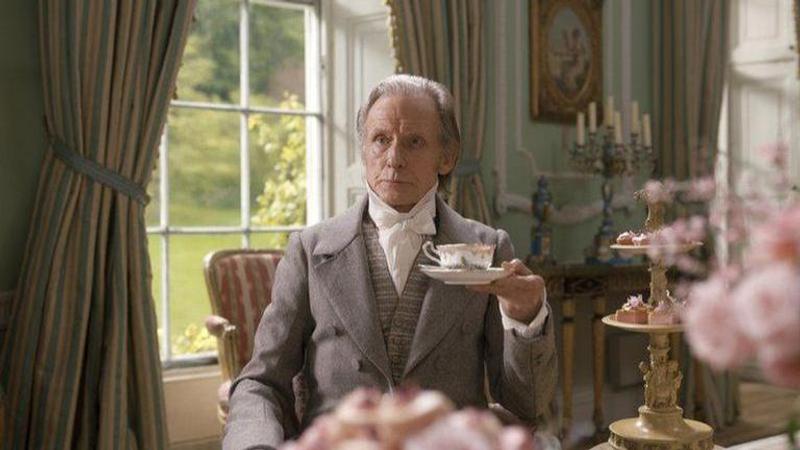Published 18:58 IST, March 27th 2020
Perfection comes at a price in latest adaptation of Austen's 'Emma'
There’s beauty to spare in the new screen adaptation of Jane Austen’s “Emma,” from its palatial country estates with their art-filled galleries and manicured lawns, to the exquisitely detailed costumes (those feathered bonnets!), to star Anya Taylor-Joy, whose porcelain skin and blonde ringlets look like they belong in a Botticelli painting.

Advertisement
There’s beauty to spare in the new screen adaptation of Jane Austen’s “Emma,” from its palatial country estates with their art-filled galleries and manicured lawns, to the exquisitely detailed costumes (those feathered bonnets!), to star Anya Taylor-Joy, whose porcelain skin and blonde ringlets look like they belong in a Botticelli painting.
But wait, what’s the unsightly red gush from her nose that emerges during a climactic romantic scene? Is Emma, um, having a nosebleed, amid all this pristine beauty?
Why, yes she is.
That nosebleed, director Autumn de Wilde has said, is an effort to show that no matter how elegant and refined we may be, we’re composed of flesh and blood. And that our bodies intruded and betrayed us back in the early 19th century, when the novel was written, just as they do now.
It’s a way of humanizing this new “EMMA.” — the title contains capital letters and a period, for some reason — without exactly modernizing it. Unlike, say, Greta Gerwig, who in “Little Women” played with both structure and contemporary plot elements, the filmmakers hew pretty close here to Austen’s original 1815 tale of a rich, well-meaning but self-involved young woman who meddles in everyone’s affairs of the heart, and basically mucks it all up.
Not that the film doesn’t have flashes of modern sensibility. Warming herself by the fire, Emma at one point bares her bum. George Knightley, her eventual love interest, first appears in his birthday suit. And there’s plenty of millennial cred here, onscreen and off: Screenwriter Eleanor Catton, 34, was the youngest person to win the Man Booker prize (at 28, for “The Luminaries.”) Director de Wilde is known for her music video work and rock photography. The quietly magnetic Johnny Flynn, who plays Knightley, is also a singer-songwriter (he sings during the closing credits) and will soon portray David Bowie onscreen. The soundtrack is by Isobel Waller-Bridge and David Schweitzer — yes, that Waller-Bridge. (She also wrote music for sister Phoebe’s “Fleabag.”)
And OK, he’s not a millennial, but it’s high time we mention the film’s most delectable delight: Bill Nighy, playing Emma’s hypochondriacal father, Mr. Woodhouse, with such marvelous comic flair that you wish the movie were called “Emma’s Dad.” Nighy teaches a master class in delivery. Give him a line, any line — say, “Do you feel a draft?” — and watch what he does with it.
But back to our heroine, whom Austen herself called “a heroine whom no one but myself will much like.” Actually, that seems a bit harsh. Certainly Emma’s a spoiled young thing, but even when she’s at her worst, she’s never mean-spirited — just clueless, as the 1995 incarnation starring Alicia Silverstone was named. (Other famous Emmas: Gwyneth Paltrow on the big screen and Kate Beckinsale on TV).
We meet her as she’s just completed a successful match, for her governess. Next on the list: her impressionable orphaned friend, Harriet (a poignant Mia Goth) who pines for a young farmer, but is convinced by Emma to eschew him in favor of a man of higher social status, the vicar Mr. Elton (a slapstick-funny Josh O’Connor.) Problem is, Mr. Elton pines only for Emma. And Emma thinks she’s interested in the wealthy Frank Churchill (Callum Turner), who turns out to be secretly engaged to Jane Fairfax (Amber Anderson), the niece of Miss Bates (an excellent Miranda Hart), the garrulous woman who Emma thoughtlessly insults along the way.
18:58 IST, March 27th 2020




